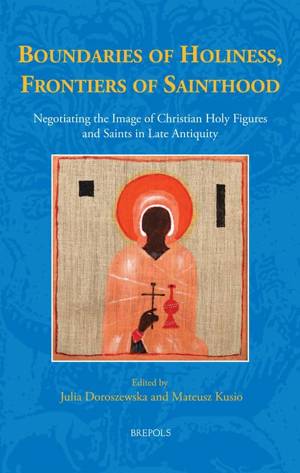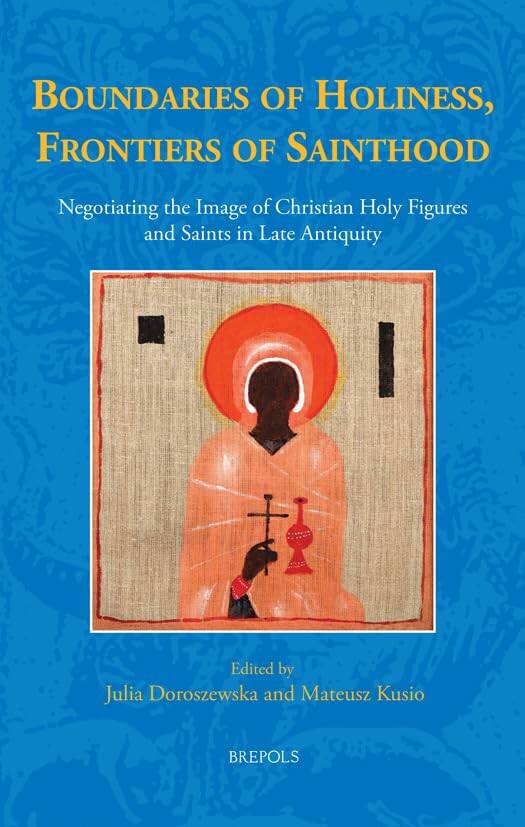
- Afhalen na 1 uur in een winkel met voorraad
- Gratis thuislevering in België vanaf € 30
- Ruim aanbod met 7 miljoen producten
- Afhalen na 1 uur in een winkel met voorraad
- Gratis thuislevering in België vanaf € 30
- Ruim aanbod met 7 miljoen producten
Zoeken
Boundaries of Holiness, Frontiers of Sainthood
Negotiating the Image of Christian Holy Figures and Saints in Late Antiquity
Julia Doroszewska
Hardcover | Engels
€ 90,10
+ 180 punten
Omschrijving
Many excellent studies have been published on the phenomenon of holy (wo)men and saints. As a rule, however, they focus on successful candidates for holiness who played the roles of charismatic leaders and patrons of social and religious life. This volume offers a new perspective on ancient and medieval holiness - its main focus is holiness as defined by its peripheries, and not by its conceptual centre. The contributors explore stories of men and women whose way to sainthood did not follow typical 'models', but who engaged with it from its outskirts. Several essays examine the strategies employed by hagiographical authors to tailor the images of candidates for holiness whose lives provided less obvious examples of moral and/or religious ideals. These include attempts to make saints out of emperors, heretics, and other unlikely or obscure figures. Other case studies focus on concerns with false holiness, or unusual cases of holiness being ascribed prior to a saint's death. Another concept explored in the volume is space. The spatial boundaries of holiness are discussed in relation to the transmission of relics, to the opposition between urban and rural spaces, holy sites, and even imagined space. Holiness and sainthood have been crucial concepts for Christianity from its inception. By exploring their 'marginal' and 'peripheral' aspects, the essays in this book offer vital new perspectives on the religious world of Late Antiquity.
Specificaties
Betrokkenen
- Auteur(s):
- Uitgeverij:
Inhoud
- Aantal bladzijden:
- 284
- Taal:
- Engels
Eigenschappen
- Productcode (EAN):
- 9782503614212
- Verschijningsdatum:
- 27/02/2025
- Uitvoering:
- Hardcover
- Formaat:
- Genaaid
- Gewicht:
- 331 g

Alleen bij Standaard Boekhandel
+ 180 punten op je klantenkaart van Standaard Boekhandel
Beoordelingen
We publiceren alleen reviews die voldoen aan de voorwaarden voor reviews. Bekijk onze voorwaarden voor reviews.








